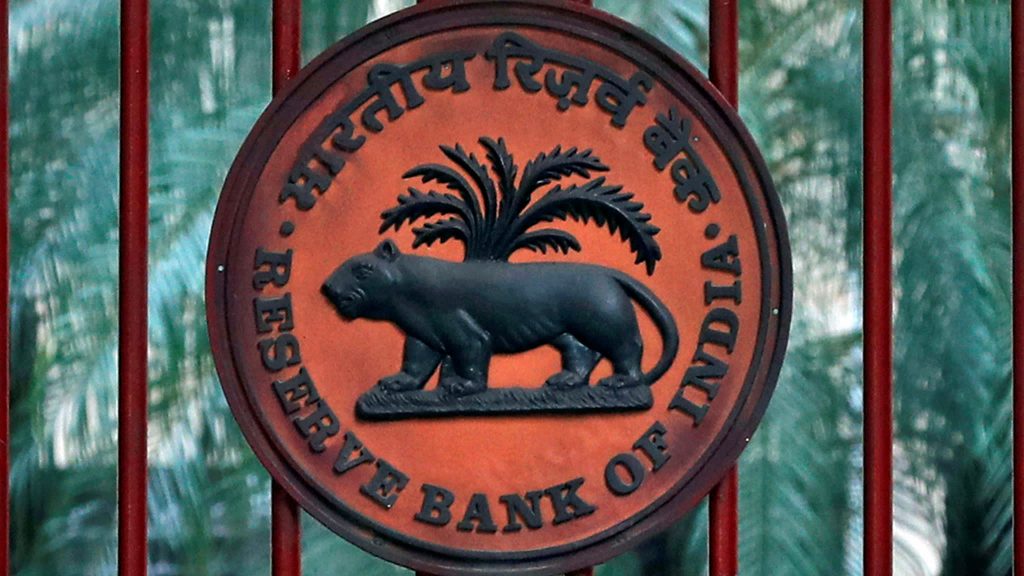Gopabandhu Mahapatra
The Reserve Bank of India has written off Rs 68,607 crore of debt relating to 50 top wilful defaulters till September 30, 2019. The write-offs are technical or prudential in nature. In Banking terms, write-offs means, to remove bad loans from the balance-sheets. The writing-off of a loan does not mean that the loan has been forgiven. It means that the bank has made 100 per cent provisioning against the loan, which will protect depositors, even if not a paisa of that loan is recovered.
The amount that the bank has written off will not be counted as part of its gross and net non-performing assets. However, the borrower will not be exempted or pardoned from debt repayment as banks will continue their efforts for recovery.
A controversy has erupted over RBI having written off bad loans worth Rs 68,607 crore, when the Bank disclosed the information under Right-to-Information (RTI). Earlier, the Supreme Court had directed RBI and commercial banks to reveal the names of defaulters to those seeking such information under RTI, in the interest of transparency. The list, however, doesn’t include overseas borrowers as it is exempted from public disclosure. Transparency on the subject of write-offs is necessary to enrich the public knowledge and guard against misrepresentation.
The presumption in some quarters that banks will not pursue the debts of these 50 top defaulters, including absconding diamond merchant Mehul Choksi or liquor baron Vijay Mallya go scot-free, is wrong. Banks do not lose interest in the written-off asset and may recover their loan in part or full. The value is realised against security, which can either be recovered or already recovered. The provisions are written back and recovery amount goes into the profit and loss account of the bank, and boosts the bank’s financial status. As and when they recover the money, it directly adds up to banks’ profits, and the provisions also come down by that extent. It is very right to say the write off is an act of prudence and not loan forgiveness.
However, the public memory is very short. As per RBI data, the quantum of loans that were written off during the previous years’ amounts to half of the total non-performing assets or bad loans that were recorded in the financial books of banks. The total NPAs in 2013-14 amounted Rs 2,05,000 crore, which rose to a whopping Rs 1,173,000 crore in 2018-2019. This steep rise in NPAs is shocking, especially under the watch of a party (BJP) that promised in its 2014 election manifesto that it would “take necessary steps to reduce NPAs in banking sector.”
Write-offs and debt waivers have been happening – the former being a conscious decision that banks take, may or may not be under pressure and the latter under specific directions from the government. The other difference is that debt waivers are usually for the vote banks, the smaller loans – agriculture, small business and self-employment.
The professed intention is to “clean up” the balance sheet of the bank. It is expected that the balance sheet of a bank, projects a “true and fair” picture of its financial health. Through write-offs, it is exactly the opposite is achieved. Write-offs, by masking the ugly warts and scars, improve the cosmetics of the bank, making it attractive for the gullible investors.
Write-off involves removing “Non- Performing Assets (NPAs)” from the assets portfolio with corresponding reduction from the liabilities (Capital and reserves) so that it appears that the credit portfolio is healthy. The fact is that the written off loans become “off-balance sheet items”.
Theoretically, these written-off loans are supposed to be followed up and recovered to the extent possible but no banker can honestly say that it is being done. In practice, with the passing of time, these are largely forgotten. Ask any banker what percentage of the off-balance-sheet items is ultimately recovered, and the truth will be out. Whichever party is in power, whether write-off or waiver, it is the taxpayer who bears the burden.
Asset Reconstruction Companies (ARCs) are another big racket. They “purchase” bad loans from banks at a throw away price and make huge profits by recovering them through their intensive efforts. The balance in the off-balance-sheet item after the ARC pays the bank is forgotten – once and for all.
Thus write-offs constitute a clever accounting jugglery through which a large chunk of loans (mostly for corporates) are waived – though not called by that name – by routing it through off-balance sheet items. The accounting trail tells you the story, if only you care to look at it. Write-off is thus waiver in disguise.
In contrast, debt waivers make no pretence. It is pure and simple; loans are waived – no indirect routing and camouflage. Sometimes banks are compensated for government schemes and sometimes they bear the brunt themselves.
The writer is a retired banker in Bhubaneswar.
